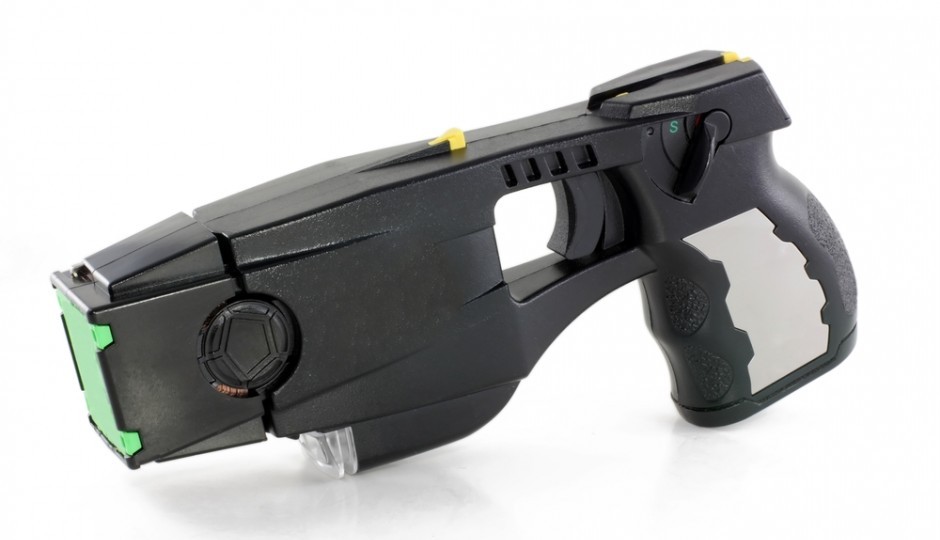How Safe Are Tasers?

Shutterstock.com
Around 2 a.m. on Monday morning, at Huntingdon Station on the Market-Frankford line, an as yet unidentified man and a SEPTA police officer got into a protracted physical struggle. The officer used his Taser to subdue the man.
The officer radioed for backup, but did not provide his exact location. It took at least eight minutes for help to arrive. When it did, the man was still conscious, but on the ride to Aria Hospital, the man became non-responsive. He was pronounced dead at the hospital.
No gun was fired, but the encounter was no less lethal for that. So, just how safe are Tasers?
It’s complicated.
By Amnesty International’s count, more than 500 people have died in the U.S. after being shocked by a Taser between 2001 and 2012. But whether or not those deaths were due to the actual Taser, or to other factors, is a matter of considerable dispute.
Tasers work by delivering a high voltage, low amperage electrical shock of up to 50,000 volts. That’s a lot. A typical household shock runs at about 150 volts.
Even so, for most healthy people, getting hit by a Taser is a painful, traumatic experience; but not one that presents a serious risk of death.
But Taser critics say the devices pose far greater risks for individuals with heart problems, or who are under the influence of drugs, a claim the company that makes the weapons has steadfastly denied. Taser-related deaths are sometimes given the controversial classification of death by “excited delirium.”
Dahlia Lithwick posed these questions about the syndrome in Slate:
What do we make of a syndrome that seems to occur almost unerringly when a police officer is choking, hog-tying, or stunning with a Taser someone with a mental illness or drug addiction? And why do many experts dispute that the diagnosis even exists?
In spite of these questions, Tasers are in widespread use among police forces across the nation. And it’s not hard to understand why. The appeal of giving officers an additional non-lethal tool to subdue violent suspects is obvious.
SEPTA Police Chief Thomas J. Nestel III said at a press conference after the incident that transit police were first equipped with Tasers in 2013. Officers are trained on their use at least once a year. Nestel said that transit officers used the devices in the field 55 times over the past year.
To be clear, there’s no finding yet that the use of a Taser was a factor in the man’s death Monday. As Nestel says, “We don’t know what the cause of death is for the person on Monday. It is entirely possible that the eight minute wrestling match may have caused the man’s heart to fail.”
And of course, any consideration of the risks associated with Tasers has to be balanced against the unknowable: how many fatal incidents and serious injuries have been avoided by the use of Tasers?
Nestel says SEPTA Police have no plans to review their use of Tasers. “Too much is unknown at this point and any action in response to something that happened two days ago would be an irresponsible knee jerk reaction,” Nestel says.
For now, his view is that they serve to reduce lethal encounters between police officers and the public they serve.
“Tasers help to reduce injuries to police and suspects,” Nestel says. “If less lethal force is appropriate, I would much rather an officer use the Taser than a baton.”